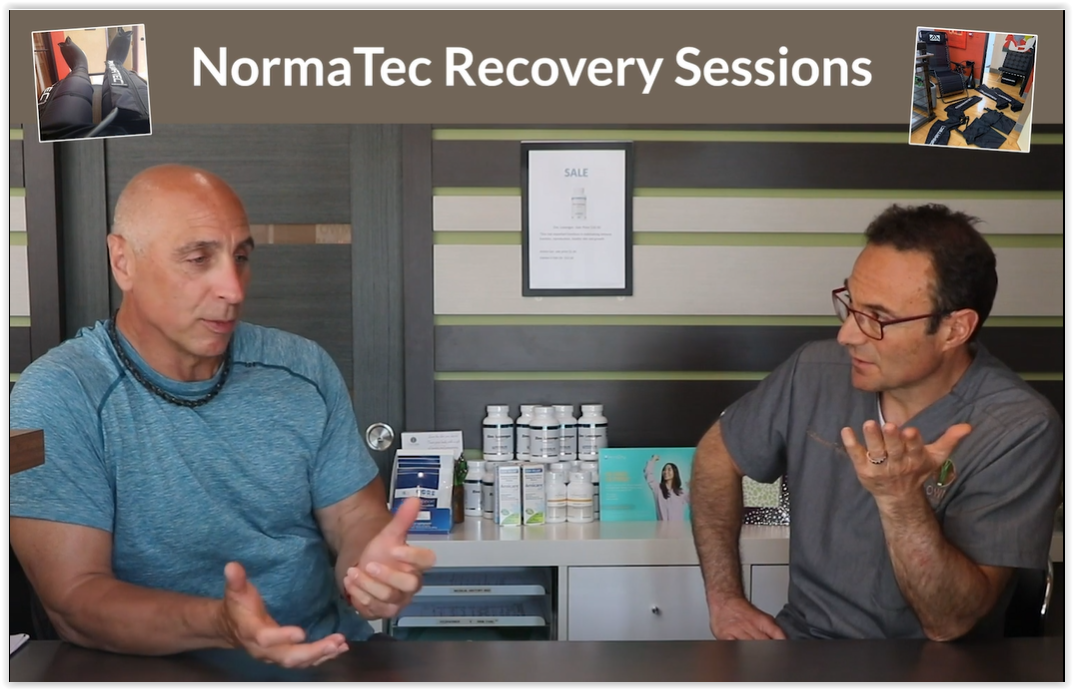by Body Blocks | Oct 21, 2020 | Exercise, Fitness, Recovery
Bob having a conversation with Dr. Leonard Kaplan from OWM Buffalo breaking down the benefits and applications of ARP Wave Therapy. Message or email me us you have any questions or would like to schedule a consultation with Bob to learn if ARP Wave is right for...

by Body Blocks | Jun 29, 2020 | Exercise, Fitness, Recovery, Stretching
Check out this great conversation I had with Dr. Kaplan from OWM Buffalo about the benefits of incorporating the NormaTec Recovery System into your wellness plan. A short 15-minute session helps flush toxins, reduce inflammation, improve circulation and oxygenation,...
by Body Blocks | Apr 20, 2020 | Exercise, Fitness, Stretching, Super Slow Resistance Training
SIGN UP: Thursdays at 4:00PM, Bob and Dr. Kaplan will be doing live Zoom training sessions. These training sessions will focus on global muscle activation emphasizing minimal stress to the joints and immune system. We will go over strategies that will give your home...
by Body Blocks | Apr 18, 2020 | Exercise, Fitness, Nutrition
Check out this great conversation I had with my good friend and colleague Dr. Kaplan from OWM Buffalo about the importance of staying active and physically fit to reduce inflammation and support your immune system during times of stress. Watch for our upcoming Zoom...
![Conventional Training vs. MC²]()
by Body Blocks | Apr 25, 2012 | Exercise, Fitness, Uncategorized
Nowadays we are exposed to all sorts of recommended work out styles, each of which have their own benefits. In this blog we are going to discuss the benefits that can be enjoyed by implementing a workout style that strategically combines the effectiveness of time,...
![Conventional Training vs. MC²]()
by Body Blocks | Apr 10, 2012 | Exercise, Fitness, Nutrition, Uncategorized
Hello readers, I want to apologize for my absence from blogging for the past couple of months. I promise that I have been hard at work during this time and I am excited to share some of the things that I’ve been working on with you. One project that I’ve...
![Conventional Training vs. MC²]()
by Body Blocks | Feb 9, 2012 | Exercise, Fitness, Nutrition, Uncategorized
No that’s not a misprint in the title, today we tackle another common fitness myth that I have heard time and time again: “If you want to lose weight you need to eat fewer calories than you burn off in a day”. Sound familiar? Now, depending on your...

by Body Blocks | Jan 30, 2012 | Exercise, Fitness
I want to first start off by thanking you all for reading my blog and for the tremendous response we’re getting. In this post I want to address a question we recently received via email at fitnessdefined@bodyblocksfitness.com (remember send me your questions)....

by Body Blocks | Jan 12, 2012 | Fitness, Uncategorized
Happy New Year readers! Many people are currently flooding their local fitness centers and produce aisles, fueled by the motivation of the promises they’ve made to themselves to get healthier this year. As I’ve said in the past fitness is not simply...


